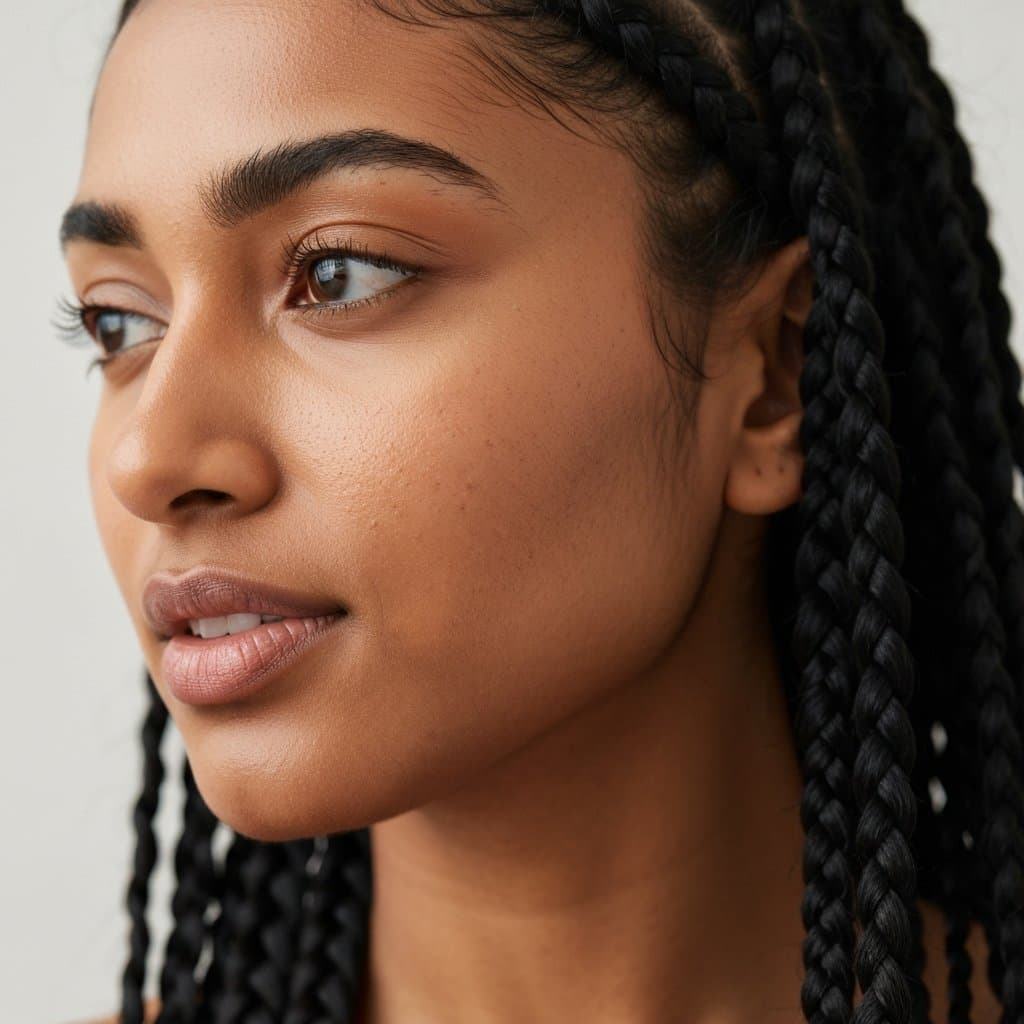Braids for Everyone: 20 Braided Hairstyles for All Hair Textures | Your Ultimate Guide
Braids: A Timeless Art Form for Every Strand
Braids are more than just a hairstyle; they are a cultural touchstone, a form of self-expression, and a practical solution for hair management that transcends time and trends. From ancient traditions to modern runways, braided hairstyles have remained a constant symbol of beauty, strength, and intricate artistry. The common misconception, however, is that certain braids are reserved for specific hair types. The truth is far more inclusive. The world of braided hairstyles for all hair textures is vast, vibrant, and accessible to everyone. Whether your hair is fine and straight, thick and wavy, or coily and kinky, there is a perfect braided style waiting to adorn your crown.
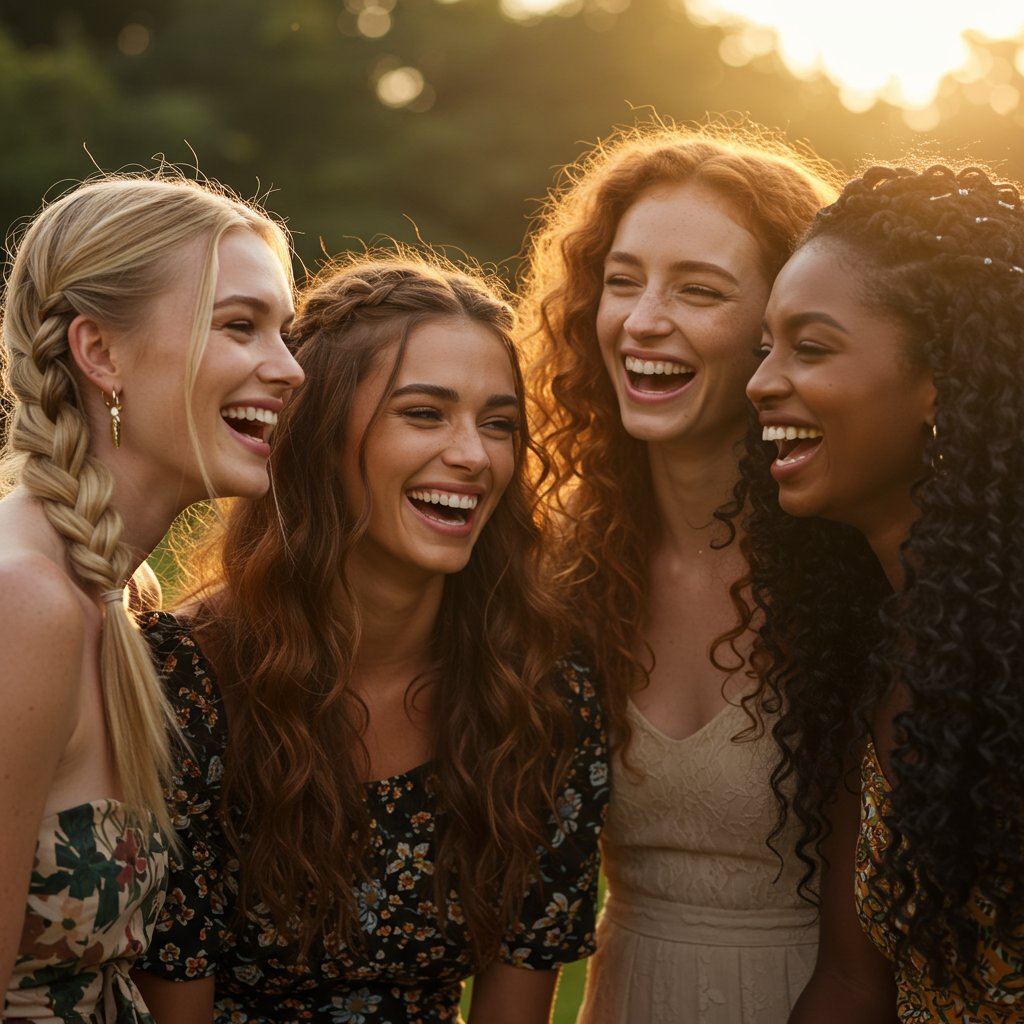
This comprehensive guide is designed to shatter the myth of hair-type limitations and celebrate the universal appeal of braids. We will explore 20 distinct braided styles, offering variations and tips to suit every texture and density. We'll delve into the foundational techniques, celebrate iconic protective styles, and showcase chic looks for every occasion. This is your ultimate resource for understanding how to prepare your hair for braiding, maintain your style for longevity, and choose the look that best expresses your unique personality. It’s time to unlock the full potential of your hair and embrace the elegance and versatility of braids.
The Foundation: Understanding Your Hair Texture for Braiding
Before diving into specific styles, the most crucial step is understanding the canvas: your hair. A successful and healthy braiding experience begins with recognizing your hair's unique characteristics. Hair texture isn't just about whether it's straight or curly; it involves density, porosity, and strand thickness. Knowing these elements allows you or your stylist to select the best braided hairstyles for all hair textures, ensuring the style is not only beautiful but also promotes hair health rather than causing stress or damage.
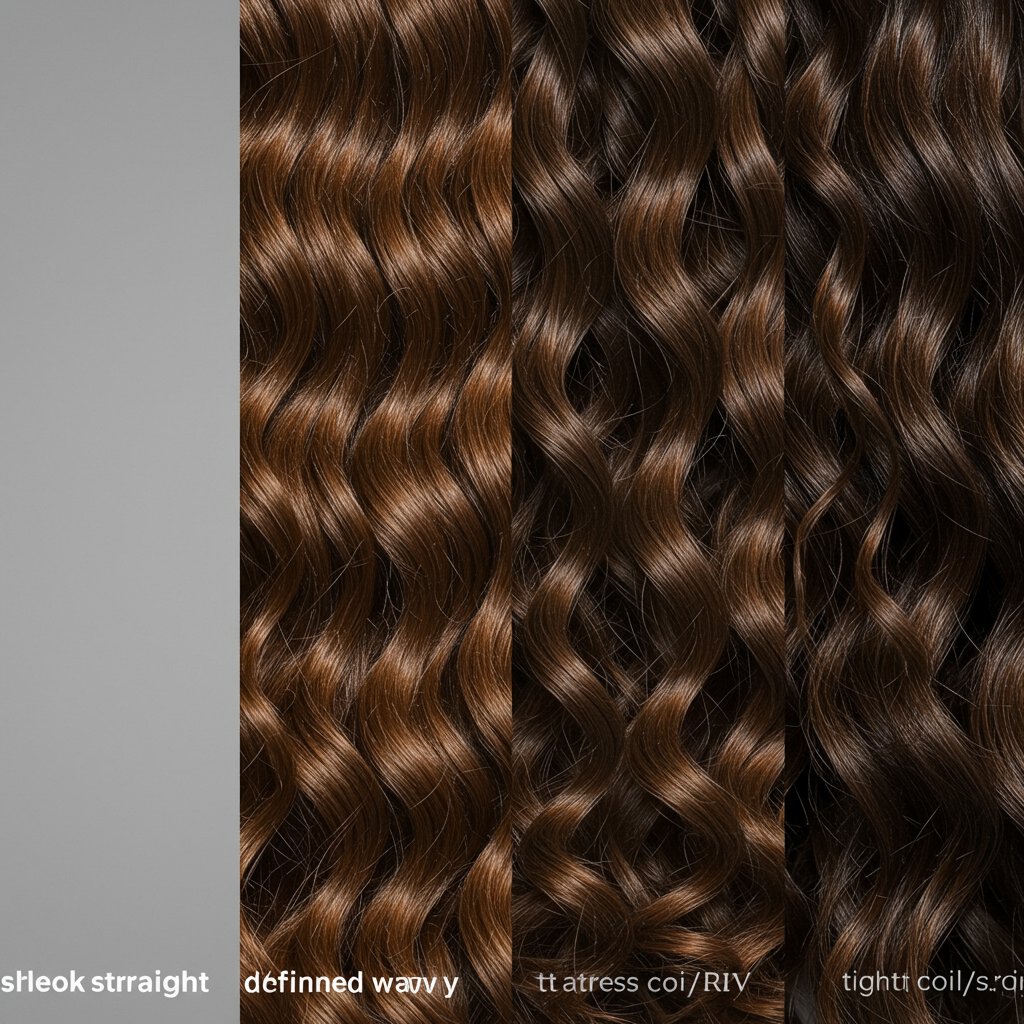
Key Hair Characteristics to Consider:
- Hair Type: This is the most visible trait, ranging from Type 1 (Straight) and Type 2 (Wavy) to Type 3 (Curly) and Type 4 (Coily/Kinky). Straighter types may struggle with braids slipping, requiring products for grip, while coily types are naturally suited for holding intricate styles but require significant moisture to prevent breakage.
- Density: This refers to the number of hair strands on your head (low, medium, or high). High-density hair can support heavier styles like traditional box braids, while low-density or fine hair may be better suited for lighter options like knotless braids or accent braids to avoid tension on the scalp.
- Porosity: This is your hair's ability to absorb and retain moisture. Low porosity hair has a tightly bound cuticle, making it resistant to moisture, while high porosity hair absorbs it quickly but can also lose it just as fast. Understanding this helps in choosing the right pre-braiding treatments and maintenance products to keep your hair hydrated within the style.
A consultation with an experienced stylist can provide invaluable insight into your hair's specific needs. They can assess your texture, density, and porosity to recommend styles that will thrive. This foundational knowledge empowers you to make informed decisions, ensuring your braided look is a celebration of your hair's natural beauty.
Classic Braids Reimagined for Every Texture
Classic braids are the building blocks of the braiding world. While they may seem simple, their versatility is boundless when adapted correctly for different hair types. These styles can be worn alone for a timeless look or incorporated into more complex updos. The key is mastering the technique and understanding how to modify it for your specific hair texture.
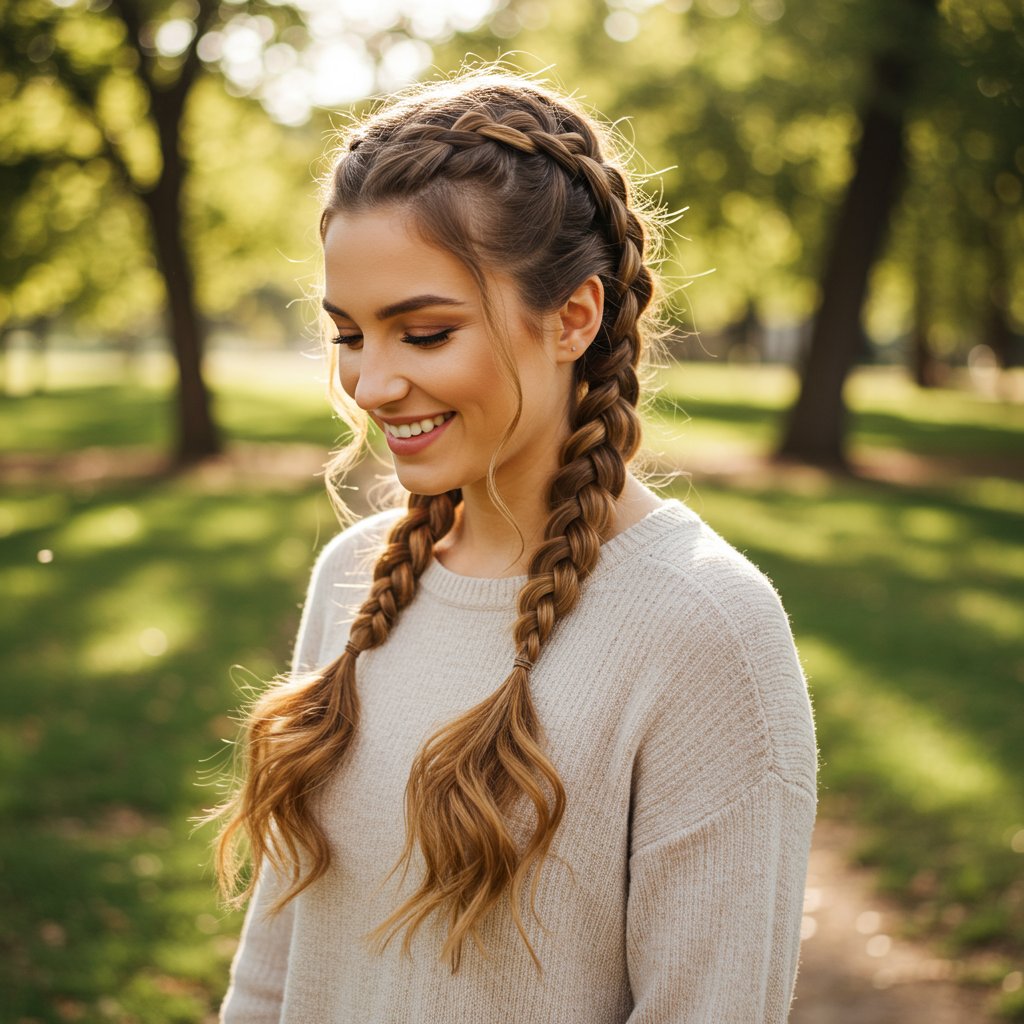
1. The Timeless French Braid
This elegant style involves weaving three sections of hair, adding new hair from the scalp into each section as you move downwards. For fine or straight hair, a texturizing spray before braiding can prevent slippage and add volume. For those with curly or coily hair, applying a leave-in conditioner and a light gel will provide moisture, control frizz, and enhance definition within the braid.2. The Bold Dutch Braid (or 'Boxer Braid')
Often called the 'reverse French braid,' the Dutch braid creates a prominent, 3D effect because you cross the strands under instead of over. This makes it a fantastic option for showcasing thickness and volume, working exceptionally well on medium to high-density hair. On wavy or curly textures, it creates a beautiful, undulating pattern. To make it pop on any texture, gently pull at the edges of the finished braid—a technique called 'pancaking'—to create a fuller, more dramatic look.3. The Elegant Fishtail Braid
Visually intricate yet mechanically simple, the fishtail braid uses only two strands. You take a small piece from the outside of one strand and cross it over to the inside of the other, repeating on both sides. This style looks stunning on straight or wavy hair where the detailed pattern can shine. For a more bohemian, relaxed vibe, a looser, slightly messy fishtail is perfect. For curly hair, a 'chunky' fishtail that uses larger sections can prevent frizz and create a gorgeous, textured rope of hair.4. The Simple Three-Strand Braid
The most fundamental of them all, the three-strand plait is a universal classic. It can be used for pigtails, a single braid over the shoulder, or as the finish to a ponytail. While simple, its beauty shouldn't be underestimated. On coily hair, a three-strand braid done on stretched, moisturized hair is a fantastic protective style. On fine hair, multiple small three-strand braids can create a fun, festival-ready look.Protective Braided Styles for Curly and Coily Hair
Protective styles are a cornerstone of hair care for those with curly and coily textures (Types 3-4). These braided hairstyles for all hair textures are designed to minimize manipulation, protect ends from damage, and promote hair growth by giving it a rest. They are not only functional but also serve as stunning expressions of cultural heritage and personal style. Proper installation and maintenance are key to reaping their benefits without causing harm.
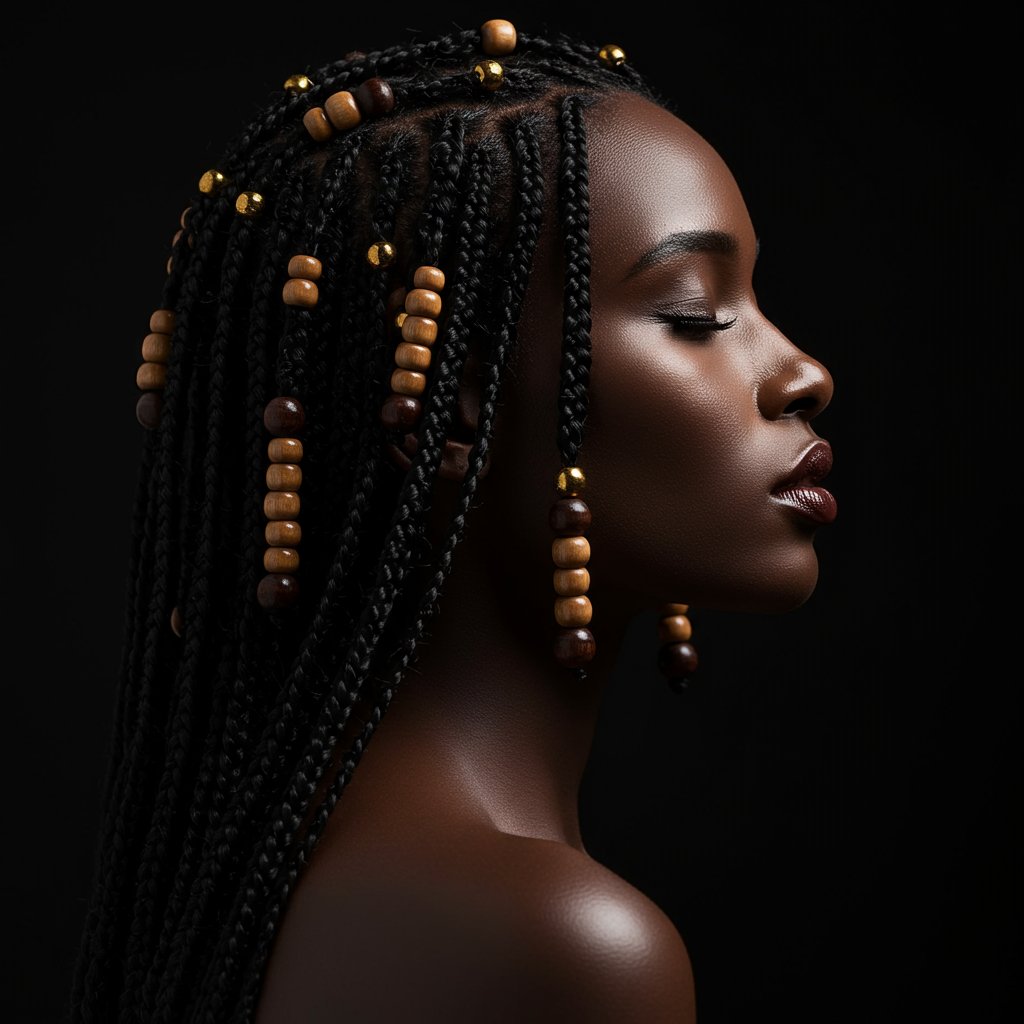
5. Classic Box Braids
A timeless and iconic style, box braids are created by sectioning the hair into squares (or 'boxes') and braiding from the root, often with the addition of synthetic or human hair for length and thickness. They are incredibly versatile and can be styled in countless ways. It's crucial that they aren't installed too tightly, as this can cause tension alopecia. A professional stylist will ensure the parting is clean and the tension is just right for your scalp's health.6. Knotless Braids
This modern take on box braids has surged in popularity for its comfort and natural appearance. Unlike traditional box braids that start with a knot of extension hair at the scalp, knotless braids begin with your natural hair and feed in the extension hair gradually. This results in significantly less tension, making them a lighter, more flexible option that is gentler on the edges. They are an excellent choice for those with a sensitive scalp or finer hair.7. Cornrows
Cornrows are braids created very close to the scalp, forming intricate patterns and designs. Their history is rich and deeply rooted in African culture. From simple, straight-back styles to complex, swirling artistic creations, cornrows are a true art form. They are a fantastic protective style for all ages and genders. Proper scalp care is essential, requiring regular oiling and cleansing to prevent dryness and buildup.8. Fulani Braids (or Feed-In Braids with Beads)
Characterized by a pattern of thin-to-medium cornrows braided from back to front with one or two braided down the center, Fulani braids often incorporate traditional beads and cuffs. This style, originating with the Fula people of West Africa, is a beautiful cultural statement. The feed-in method used creates a natural-looking hairline, and the decorative elements allow for ultimate personalization.9. Senegalese Twists
While technically twists, not braids, they belong in the same protective style family. Created with two strands of hair twisted together (as opposed to three in a braid), Senegalese twists offer a sleek, rope-like appearance. They tend to be lighter than box braids and put less tension on the hair, offering a beautiful, flowing look that is easy to style in updos or ponytails.Effortless & Chic Braids for Straight and Wavy Hair
For those with straight or wavy hair (Types 1-2), braids can add texture, volume, and an element of intricate detail that transforms a simple look into something special. These styles often focus on accentuating the hair's natural flow and shine, acting as beautiful accessories woven directly into the hair. They are perfect for everything from weddings to casual weekend outings.
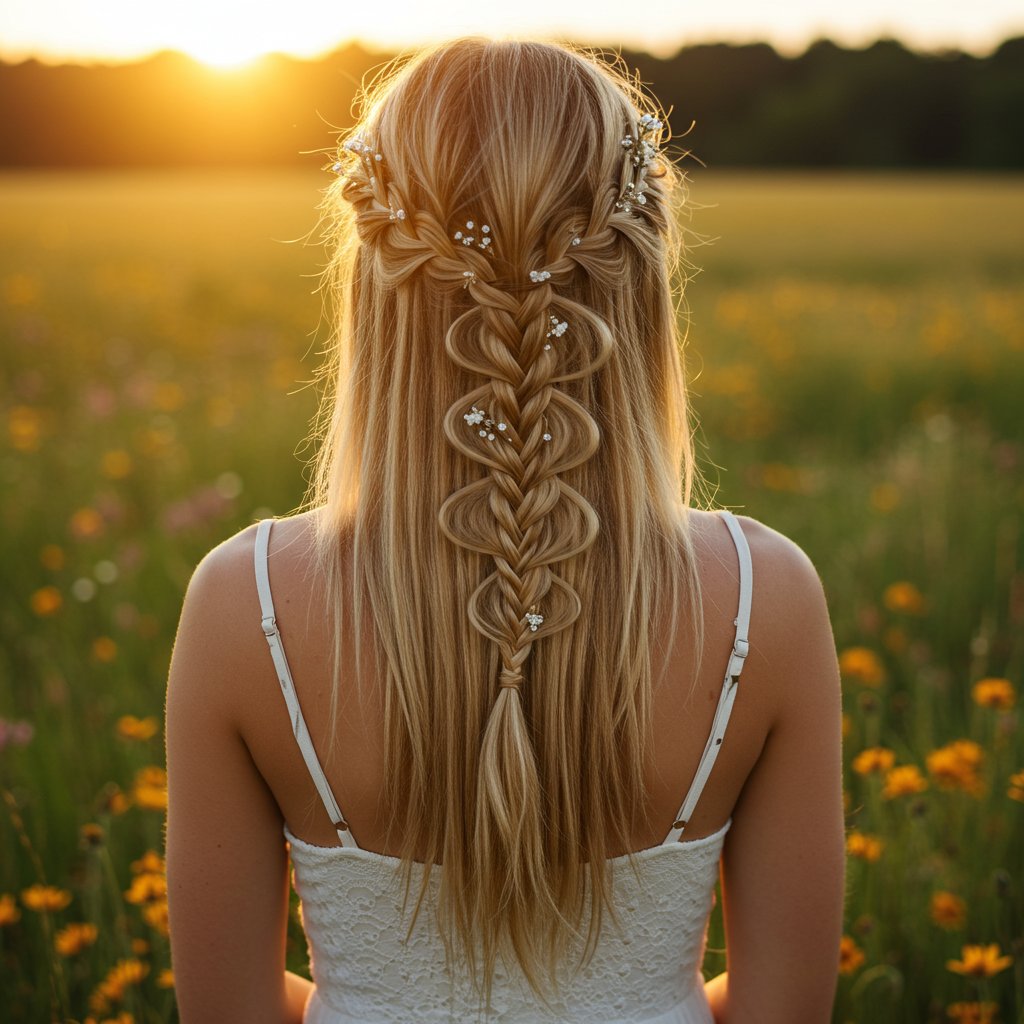
10. The Crown Braid
Also known as a halo braid, this regal style involves one or two long braids wrapped around the head to form a crown. It’s an elegant updo that keeps hair securely off the neck and face. For straight hair, prepping with a mousse or texturizing spray is key to giving the strands enough grip to hold the style all day. On wavy hair, the natural texture adds a beautiful, soft, and romantic quality to the crown.11. The Waterfall Braid
A whimsical and romantic style, the waterfall braid is like a French braid, but one of the three strands is dropped with each weave, creating a cascading 'waterfall' of hair. It’s a stunning way to wear your hair down while adding a touch of elegance. This style works best on straight or softly waved hair, where the cascading strands can flow freely and the intricate pattern is most visible.12. The Braided Ponytail
Elevate a simple ponytail by incorporating braids. This can be a single, thick braid forming the ponytail itself, or several small braids woven into the base of the pony for a touch of detail. For a sleek, high-fashion look on straight hair, a tightly woven Dutch or fishtail braid starting from a high ponytail base is striking. On wavy hair, a looser, pancaked braid creates a voluminous and effortlessly chic look.13. Micro Braids as Accents
For a subtle, bohemian touch, incorporating a few tiny micro braids can completely change your look. These can be small three-strand or fishtail braids scattered throughout loose hair, or a single small braid framing the face. They add a delicate detail without committing to a full braided style and are incredibly easy to do on straight and wavy textures.Trend-Forward & Unique Braided Looks
Beyond the classics, the world of braiding is always evolving with new techniques and creative combinations. These trend-forward styles are perfect for making a statement, playing with volume and dimension, and showcasing your unique fashion sense. They prove that the possibilities with braided hairstyles for all hair textures are truly endless.
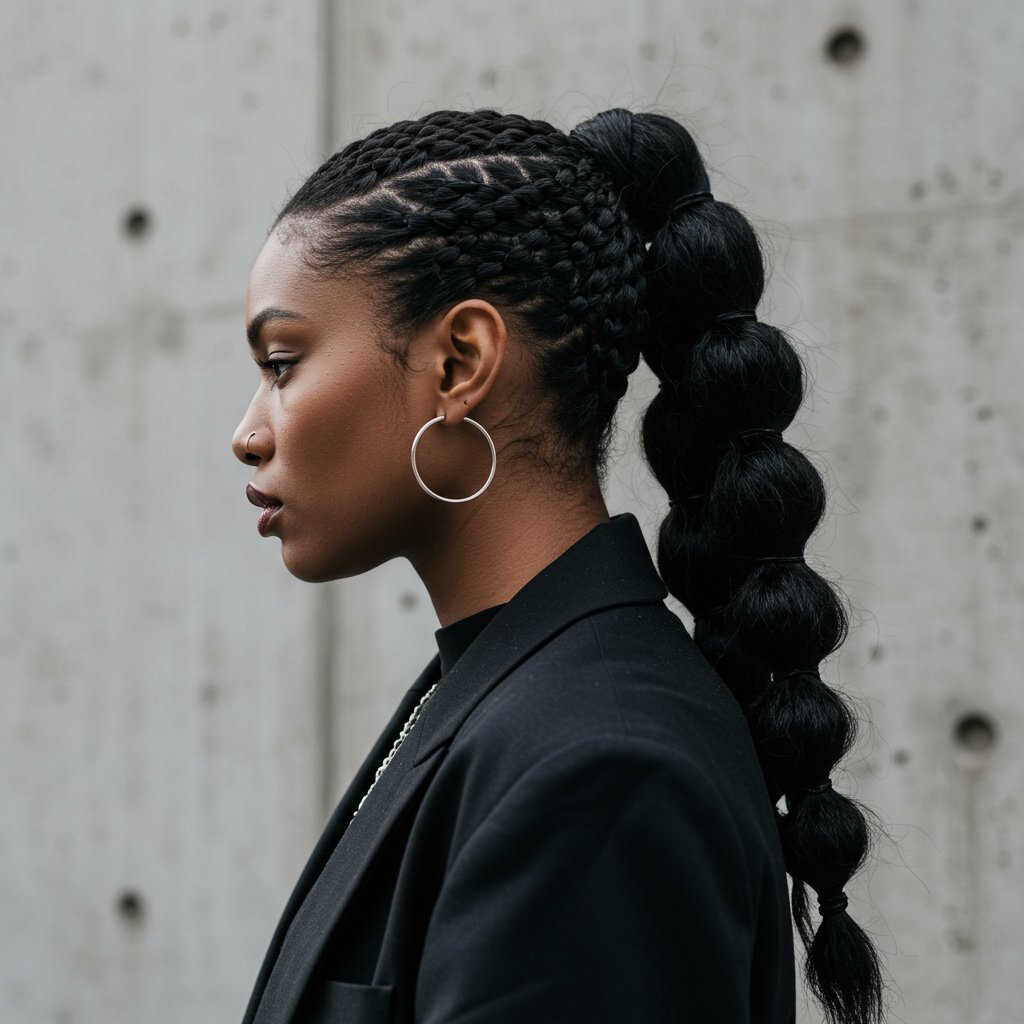
14. Bubble Braids
The 'faux braid' for everyone! Bubble braids require no braiding skill, just a series of hair elastics. You create a ponytail, then place elastics down its length, gently pulling each section apart to create round 'bubbles'. This style is fantastic for adding immense volume and a playful, modern edge. It works on all textures; on straight hair it looks sleek and graphic, while on curly hair it creates soft, voluminous clouds.15. The Pull-Through Braid
Another voluminous faux braid, the pull-through braid is created by splitting a ponytail into two and pulling one section through the other, securing with an elastic and repeating down the length. The result is an incredibly thick, intricate-looking braid that is surprisingly easy to create. It's a showstopper on long, thick hair but can also be done on medium-length hair to create the illusion of more volume.16. Braided Buns
Combining the security of a bun with the elegance of braids creates a sophisticated and versatile updo. This can range from a single, large braid coiled into a low bun to a top knot wrapped with a smaller braid at its base. For coily textures, braided buns using pre-installed box braids are a stylish and convenient way to switch up your look.17. Lemonade Braids
Made iconic by Beyoncé, Lemonade braids are neat, close-lying cornrows that are braided to one side. This asymmetrical style is chic, edgy, and a fantastic way to show off your facial features. They can be done in various sizes, from micro to jumbo, and can be adorned with cuffs or colorful string for extra flair.18. Braided Space Buns
A fun, youthful style that involves creating two high buns on either side of the head, often with Dutch braids leading up the back of the neck to the base of each bun. It's a playful look that's perfect for festivals, concerts, or any time you want to add a bit of whimsy to your style.19. The Braided Mohawk
For an edgy and bold statement, a braided mohawk or 'frohawk' is an excellent choice. This style involves creating tight cornrows on the sides of the head, directing them upwards to feed into a voluminous strip of hair in the center, which can be left loose, braided, or twisted. It offers the look of a mohawk without any cutting or shaving.20. The Snake Braid
A delicate and unique accent braid, the snake braid is created by braiding a small section of hair and then pushing the two outer strands up the center strand, creating a wavy, 's' pattern that resembles a snake. It's a quick and easy way to add a cool, unexpected detail to loose hair.Essential Braid Preparation and Care
A beautiful braided style is only as good as the health of the hair within it. Proper preparation and consistent maintenance are non-negotiable for ensuring your hair remains healthy, hydrated, and strong. Neglecting care can lead to dryness, breakage, and scalp issues.
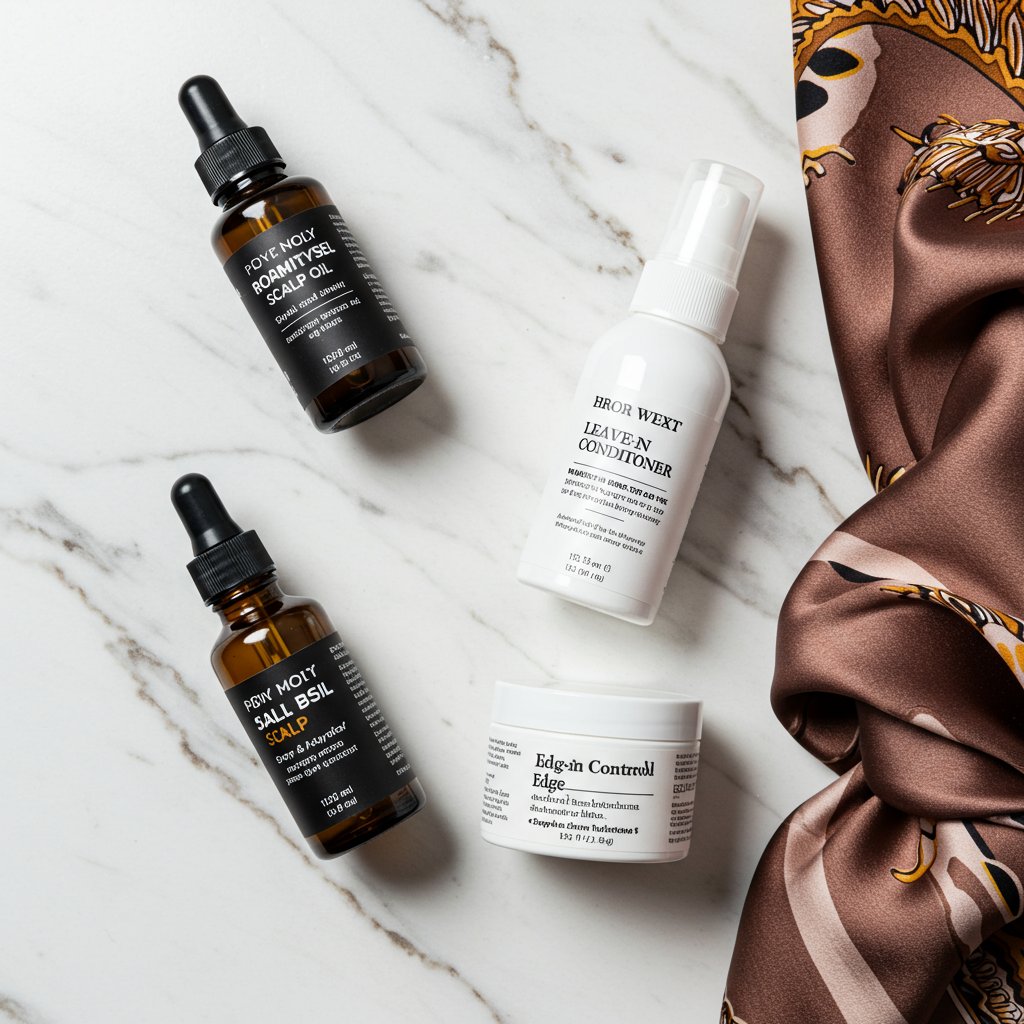
Pre-Braid Prep: Setting the Stage for Success
Your braiding journey should always begin with clean, well-conditioned hair. Start with a clarifying shampoo to remove any product buildup from the hair and scalp, creating a fresh canvas. Follow this with a deep conditioning treatment or hair mask that is rich in moisture and protein to fortify the strands. Most importantly, ensure the hair is thoroughly detangled before the braiding process begins. Working with tangled hair will cause unnecessary tension and breakage. For coily and curly textures, blow-drying the hair on a low-heat setting can stretch the hair, making it easier to part and braid cleanly.Post-Braid Maintenance: Keeping Your Style Fresh and Scalp Healthy
Once your braids are installed, the care continues. Your scalp is your priority. Use a lightweight leave-in spray or scalp oil with a nozzle to apply moisture directly to your scalp and the roots of your hair every 2-3 days. This prevents dryness and flaking. To cleanse, you can use a diluted shampoo solution in a spray bottle, focusing on the scalp and gently rinsing. At night, protecting your style is crucial. Wear a silk or satin scarf, bonnet, or sleep on a silk pillowcase to prevent frizz, moisture loss, and friction that can cause flyaways and damage your edges.Frequently Asked Questions (FAQ) about Braided Hairstyles
1. How long do braided hairstyles typically last?
The longevity of a braided style depends on the type of braid, your hair texture, and your maintenance routine. Simple styles like French or Dutch braids may last a day or two. Protective styles like box braids or cornrows can last from 4 to 8 weeks. It's generally not recommended to leave them in for longer than 8 weeks to prevent matting and allow your natural hair to rest.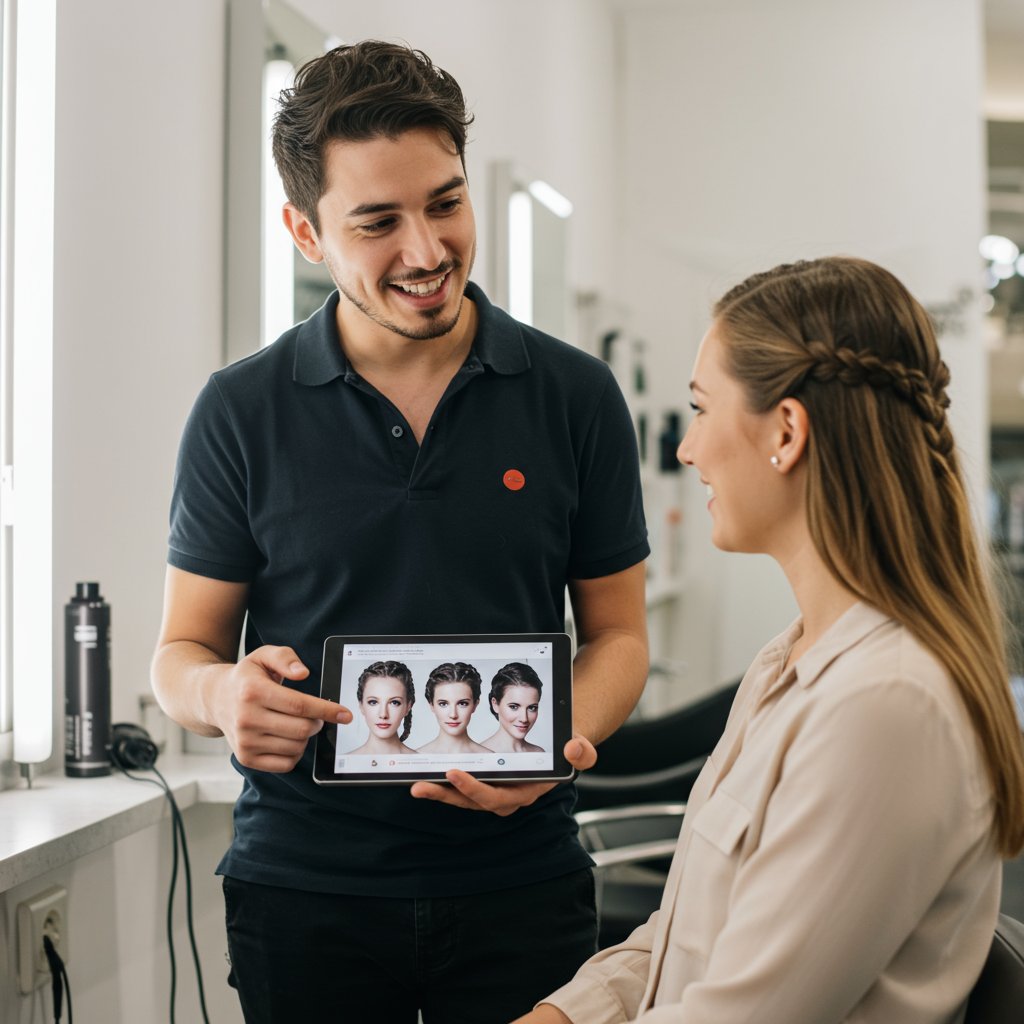
2. Can braiding cause hair damage or hair loss?
Braids themselves don't cause damage; incorrect installation and poor maintenance do. The most common issue is traction alopecia, a form of hair loss caused by constant pulling or tension on the hair follicles. This can be avoided by ensuring your braids are not installed too tightly and by giving your hair breaks between styles. Always communicate with your stylist if you feel any pain or excessive pulling during installation.3. How do I properly wash my hair with braids in?
Focus on the scalp. Dilute a sulfate-free shampoo with water in an applicator bottle and apply it directly to your scalp. Gently massage with the pads of your fingers (not nails) to lift dirt and oil. Rinse thoroughly, allowing the suds to run down the length of the braids. Follow up with a diluted leave-in conditioner spray to replenish moisture. It's important to make sure your braids are completely dry to prevent mildew and odor.4. What's the main difference between knotless and traditional box braids?
The key difference is at the root. Traditional box braids start with a small knot of extension hair anchored at the base of the natural hair section. Knotless braids start with your own hair and the extension hair is gradually fed in. This makes knotless braids lighter, more flexible from day one, and puts significantly less tension on the scalp.5. Can I get braids if I have fine or thin hair?
Absolutely! The key is to choose the right style. Lighter options like knotless braids (with minimal extension hair), accent braids, or a loose crown braid are excellent choices. Avoid heavy, jumbo styles that can put too much weight and stress on fine hair follicles. A professional stylist can recommend the best options for your hair density.Conclusion: Your Hair, Your Story, Your Braid
From the simplest three-strand plait to the most intricate cornrow design, braids are a powerful and versatile tool for self-expression. As we've explored, there truly are braided hairstyles for all hair textures. The key lies in understanding your hair's unique needs, choosing styles that celebrate your texture rather than fight it, and committing to a healthy hair care routine before, during, and after braiding.
Whether you're seeking a low-maintenance protective style, an elegant updo for a special event, or a fun and trendy look, the world of braids offers limitless possibilities. Embrace the artistry, celebrate the heritage, and don't be afraid to experiment. For personalized advice and flawless execution, consulting with a professional hairstylist is always the best path. They can help you navigate the options and bring your braided vision to life, ensuring your hair remains as healthy as it is beautiful.

